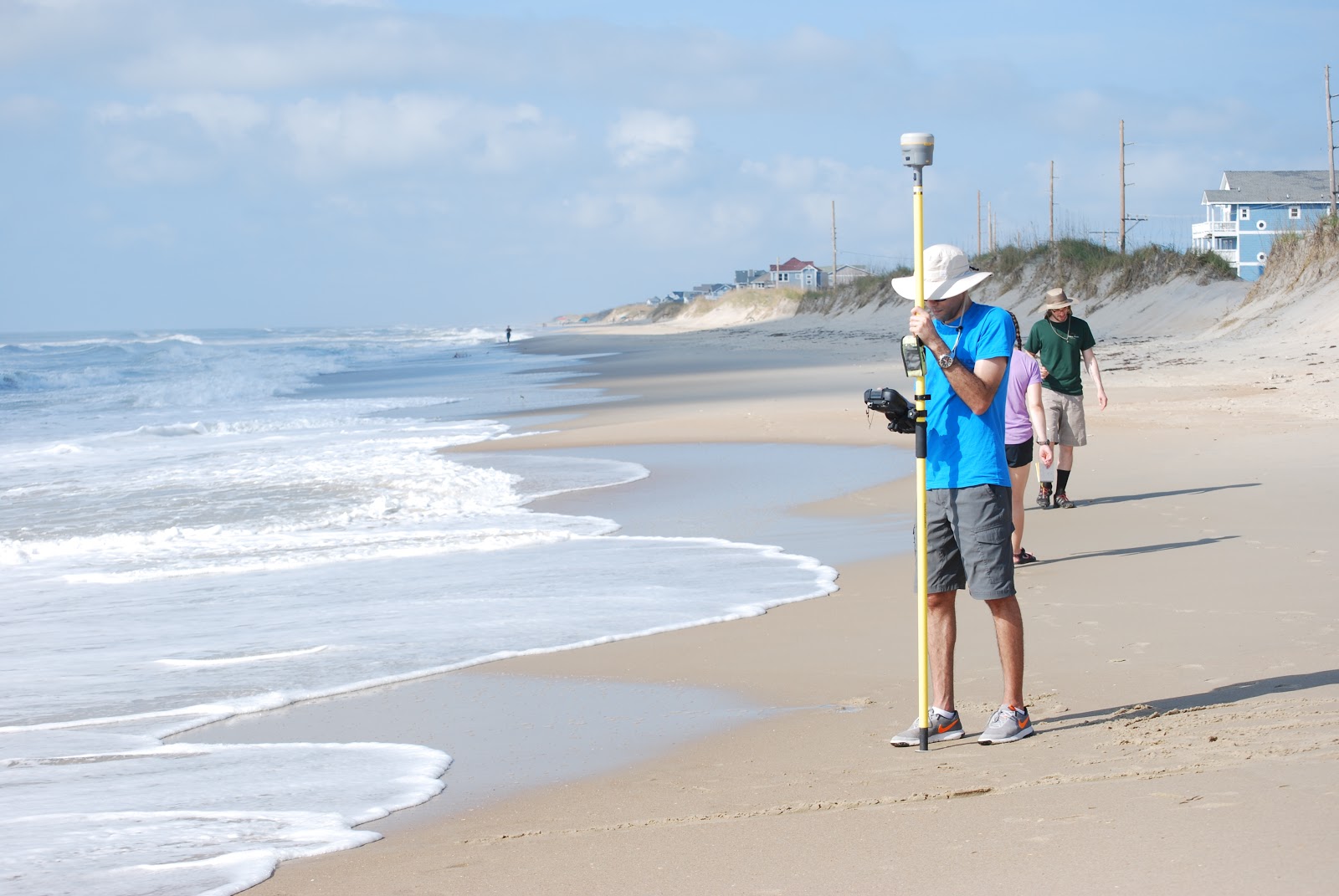Catalyzing Coastal Change

Casey Dietrich, associate professor in the Department of Civil, Construction and Environmental Engineering, is also a member of CRSI’s leadership team. His expertise in the prediction of coastal hazards, will help the initiative further research on determining how coastal environments respond to storms. For example, a storm like the recent Hurricane Ida devastated New Orleans’ power grid, and there needs to be some sort of solution for how to solve power issues during and after storms.
“My research team develops computer models to represent how beaches and dunes will be eroded, and which areas will be flooded and for how long,” he said. “It is critical to understand how these hazards can vary, both across complex coasts like in North Carolina for now and in the future, as a step toward improving resiliency and sustainability for coastal regions.”
The interdisciplinary nature of the team’s work, however, cannot be overstated. Solutions to one coastal challenge, like a seawall to mitigate flooding, may create new challenges or unintended consequences to the environment, tourism, energy and water systems. The varied issues facing coastal areas necessitate connecting across disciplines to develop integrated solutions.






